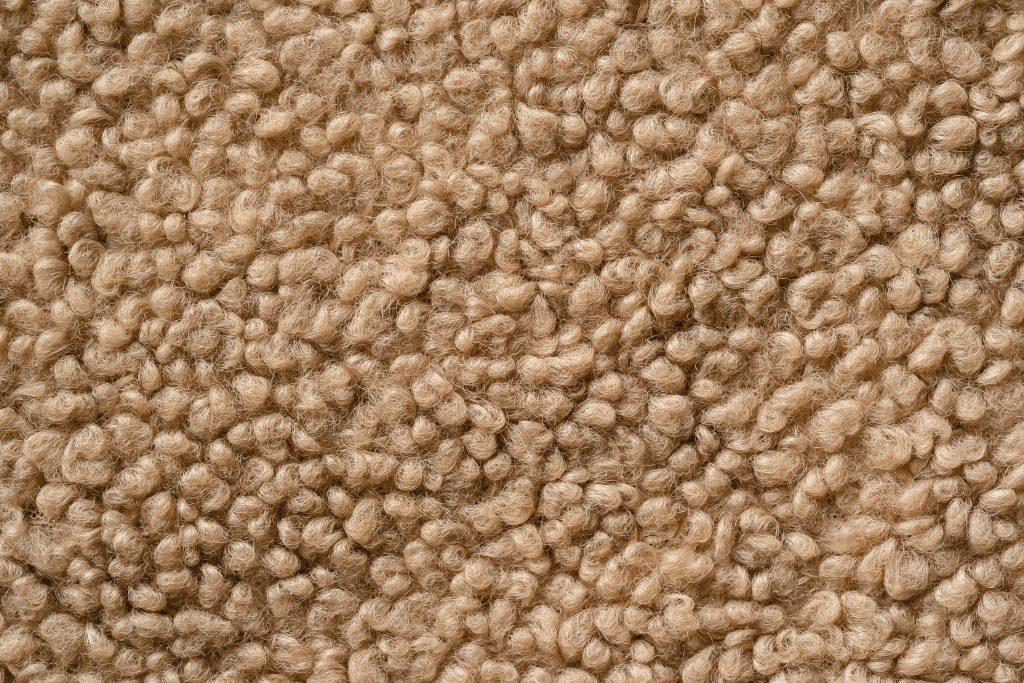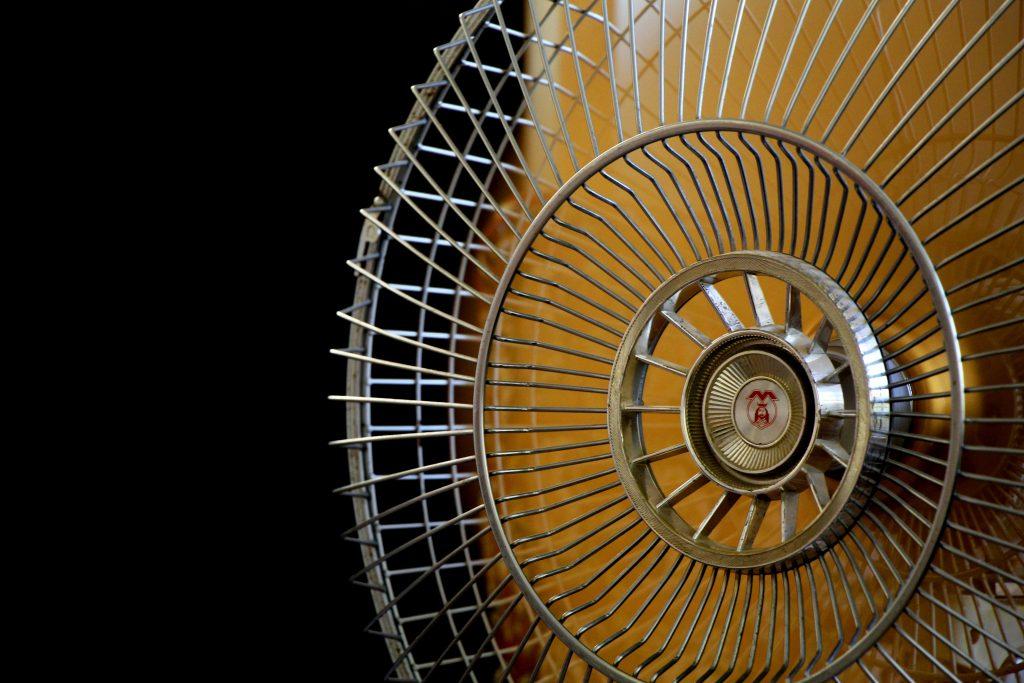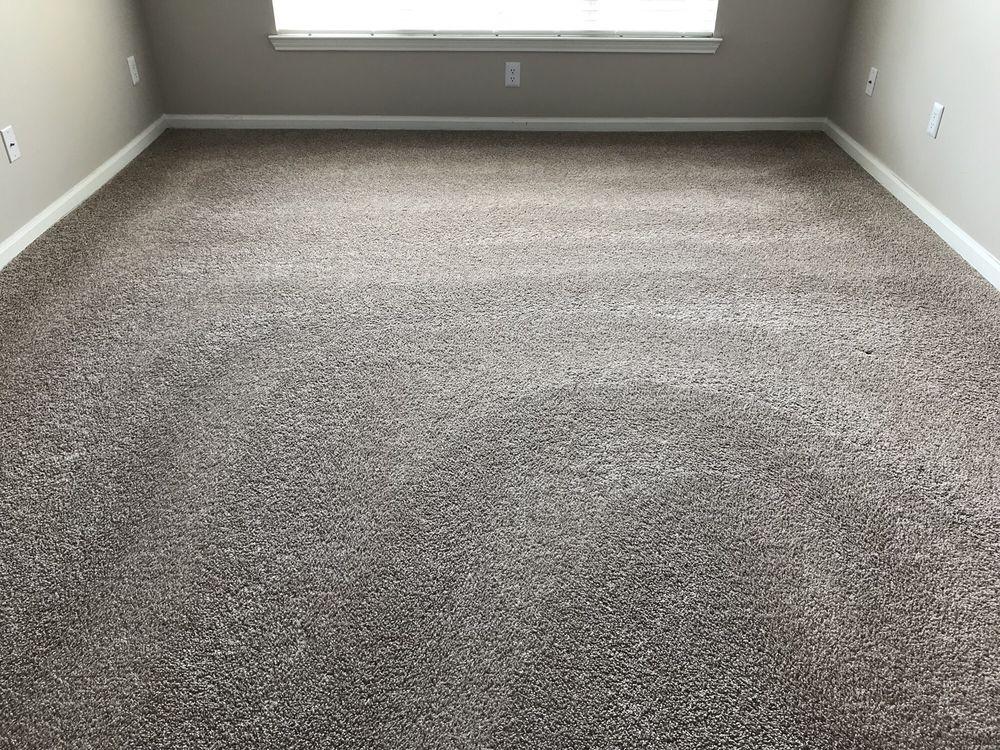*Note: Safe-Dry’s cleaning method gives you clean carpets with a dry time of less than 1 hour! Contact us today to learn more!
Carpet cleaning is an important part of maintaining a healthy and clean environment. But after you’ve invested the time and energy into cleaning your carpets, you might be wondering: How long does it take for carpets to dry?
Drying times depend on several different factors. Depending on the type of cleaning method used, the material of the carpet, and the moisture content, humidity and temperature levels in your home, drying times can vary significantly.
Preparing The Area For Cleaning
Before beginning the carpet cleaning process, it is important to properly prepare the area. This includes removing any furniture that may be blocking access to the carpet, as well as vacuuming the carpets thoroughly. Once this is done, a pre-treatment solution should be applied to the carpet and allowed to sit for several minutes before proceeding with the actual cleaning. This helps loosen dirt and debris so that it can more easily be removed during cleaning. Finally, any remaining stains should be treated prior to starting the deep cleaning process.
Choosing the Appropriate Cleaning Method
Once the area has been prepared for cleaning, it is important to select the most appropriate method for drying carpets. This will depend on factors such as the type of carpet being cleaned, the amount of moisture involved and the level of soiling. There are several methods available including steam cleaning, absorbent pad cleaning and rotary shampooing.
Steam cleaning is a popular choice for deep cleaning carpets as it can remove dirt and residue from heavily soiled surfaces. It works by applying high-temperature steam to the carpet fibers which loosens dirt and breaks down soils. This method may take longer to dry than other methods but typically yields good results.
Absorbent pad cleaning involves placing absorbent pads over a dampened carpet and allowing them to soak up any remaining moisture. This method is quicker than steam cleaning but may not be as effective at removing dirt and residue from heavily soiled carpets. Rotary shampooing is also an option which involves using an applicator brush in combination with a specially formulated detergent solution to agitate soils and break down grease particles in the carpet fibers. This method is ideal for light soil deposits but may require multiple applications for heavier soils.
The length of time required for a carpet to dry after cleaning will vary depending on the type of equipment used, the amount of moisture present in the area and environmental factors such as temperature and humidity levels. Generally speaking, carpets should be left to dry for at least 12 hours before returning furniture or walking on them again.

Understanding Your Carpet Material
The type of carpet material you have can greatly influence how long it takes for the carpet to dry after cleaning. Different materials require different drying times, so it’s important to understand what type of fiber your carpet is made from. The most common materials are:
* Nylon – This is the most durable and stain-resistant option. It usually takes around 8 hours to fully dry after cleaning.
* Polyester – Polyester carpets are softer than nylon and have a slightly lower cost. They typically take 6-7 hours to dry after being cleaned.
* Wool – Wool is an excellent choice for carpets because it’s naturally soft and resilient, but it also takes longer to dry than other materials due to its absorbent properties. It usually takes 10-12 hours for wool carpets to dry after cleaning.
* Olefin (Polypropylene) – This material is known for being very affordable but also less durable than other types of fibers. It generally takes 4-5 hours for olefin carpets to completely dry after cleaning.
It’s essential to be aware of your carpet’s material in order to determine how quickly it will take for your carpet to be ready for use again post-cleaning.
Factors Affecting Drying Time
Now that you understand the different materials of your carpet, let’s take a look at what affects the drying time. Every carpet has different needs when it comes to drying time, so it is important to be aware of the factors that can play a role.
Understanding all these factors helps you determine how long it will take for your carpet to dry after cleaning and allows you to plan accordingly.
Moisture Content Of The Carpet
If the carpet is heavily saturated with water, it will likely take much longer to dry than a carpet that is lightly damp. The type of fiber in the carpet can also influence drying time. Synthetic fibers tend to absorb less water than natural fibers, meaning they are less likely to be noticeably damp for long periods of time.
When carpets are cleaned with a wet extraction method, such as steam cleaning, they must be thoroughly rinsed with clean water to remove any soapy residue from the surface. This process can add additional moisture and potential drying time to the overall cleaning process. To speed up drying time, professional carpet cleaners often use high-powered fans and dehumidifiers during and after cleaning.
In addition to professional equipment, homeowners can also use some simple techniques at home to help their carpets dry faster. Open windows or turn up air conditioners to aid in air circulation and reduce humidity levels in the room. Placing towels over wet spots or using a vacuum cleaner on low suction mode can also help draw out excess water from the fibers and aid in speeding up drying times.
Air Circulation In The Room
If there is little or no ventilation, then it may take much longer for the carpet to dry completely. To speed up the drying process, it’s important to open windows and doors to allow fresh air to move through the space. This helps remove any moisture from the air and will help the carpet to dry more quickly.
It’s also helpful to turn on a fan or two for additional air circulation. This will help bring in fresh air and push out humid air that has collected in the room.
Ultimately, increasing air circulation in your home is key for speeding up your carpet’s drying time after cleaning. With proper ventilation, you should expect your carpets to be dry within a few hours after cleaning.

Humidity And Temperature Considerations
Humidity levels in the air can have an impact on how quickly your carpet dries. Higher levels of humidity cause water molecules to stay suspended in the air for longer, making it more difficult for carpets to dry out. Warmer temperatures also help speed up the drying process since warm air holds more moisture than cold air does. Lastly, depending on what type of carpet you have and its individual properties, some materials will take longer or shorter amounts of time to dry. Synthetic fibers may take less time to dry compared to wool or natural fibers, for example.
– Humidity: Carpet will take longer to dry in humid conditions due to the air’s ability to hold moisture, resulting in a slower evaporation rate.
– Temperature: Higher temperatures will speed up the drying process as warm air holds more moisture than cooler air.
– Furnace and Air Conditioner: Keeping your furnace or air conditioner running during carpet cleaning helps reduce humidity levels in the home and increases airflow, which is beneficial for drying times.
– Ventilation: When possible, open windows and doors to increase ventilation throughout the home and help with drying time.
– Fans & Dehumidifiers: Using fans or dehumidifiers can help accelerate the drying process by increasing air circulation and reducing humidity levels.
It is best to plan for a few days of dry time before walking on the newly cleaned carpets, especially if you are expecting high humidity or unusually hot temperatures during your appointment timeframe. Drying times can be further reduced by following these simple steps, so you can enjoy your freshly cleaned carpets as soon as possible!
Use Of Fans Or Dehumidifiers To Aid Drying Time
After considering the effects of humidity and temperature on the drying time of carpet, using fans or dehumidifiers can help accelerate the process. Fans work by circulating air around the area to be dried. This helps to evenly distribute the heat allowing for a more even drying process. The faster moving air also helps to evaporate any moisture present in the carpet quicker than it would naturally. Dehumidifiers remove excess moisture from the air, which can reduce the amount of time needed to dry carpets. They are typically used in areas with high humidity, as they will help reduce the relative humidity and speed up the drying process.
When using either method, it is important to ensure proper ventilation in order to avoid creating an environment that is too dry or damp. Both can cause damage to carpets and increase health risks for people living in the home. If necessary, an outdoor-rated fan should be used when opening windows and doors is not possible. Additionally, it may be beneficial to use a combination of both fans and dehumidifiers for optimal results.
Care should also be taken when cleaning carpets prior to running fans or dehumidifiers as some cleaning solutions may leave behind soapy residue which will attract dirt and dust particles while damp and become permanently affixed once dry. In such cases, rinsing out any soapy residue with plain water may be necessary before running any machines designed to aid in drying carpets.
Tips To Prevent Mold Growth
 It’s important to take steps to prevent mold from growing on wet carpet after it has been cleaned. The first step is to ensure that the area is thoroughly dried. This includes any padding or subflooring beneath the carpet. Make sure to use fans and dehumidifiers to speed up the drying process. It can take around 24 hours for a carpet to completely dry, but this may vary depending on its thickness and the amount of water used in cleaning it.
It’s important to take steps to prevent mold from growing on wet carpet after it has been cleaned. The first step is to ensure that the area is thoroughly dried. This includes any padding or subflooring beneath the carpet. Make sure to use fans and dehumidifiers to speed up the drying process. It can take around 24 hours for a carpet to completely dry, but this may vary depending on its thickness and the amount of water used in cleaning it.
Another way to prevent mold growth is by using a mold-resistant sealant on the carpet after it has been cleaned. This will provide an extra layer of protection and help keep out moisture, which encourages mold growth. You can also use a deodorizer or air freshener with antifungal properties, as this can help reduce humidity levels in the room.
Finally, make sure you clean up spills and messes quickly, as they can encourage bacteria and mold growth if left unattended. Vacuum frequently and deep clean your carpets regularly with a professional cleaner. These are all simple steps that can help keep your carpets looking fresh and free of mold!
Signs That Your Carpet Is Not Fully Dry Yet
Generally, carpets will take a few hours or more to dry completely. It’s important to monitor the process and look out for signs that your carpet is not fully dry yet.
1) Firstly, you can check if the surface of the carpet feels damp. If so, gently press on the area with your fingertips. If they come away wet, then it means that there is still moisture in the carpet fibers. Be sure to walk on it as little as possible until it is completely dry.
2) Another way to determine whether your carpet is still damp is by checking the color of the fabric. If you notice an unevenness in tone that wasn’t present before cleaning, it could mean that some parts are still wet. Make sure all sections of the floor are completely dried before using again.
3) Finally, if you detect any musty odors from your carpet, this may be a sign that it hasn’t dried properly. This could indicate trapped moisture and can lead to mold growth if not addressed quickly and correctly.
Contact Safe-Dry Today!
Safe-Dry Carpet Cleaning uses a revolutionary method of dry cleaning that gets you back on your carpet in less than an hour. Contact us or schedule online today.















